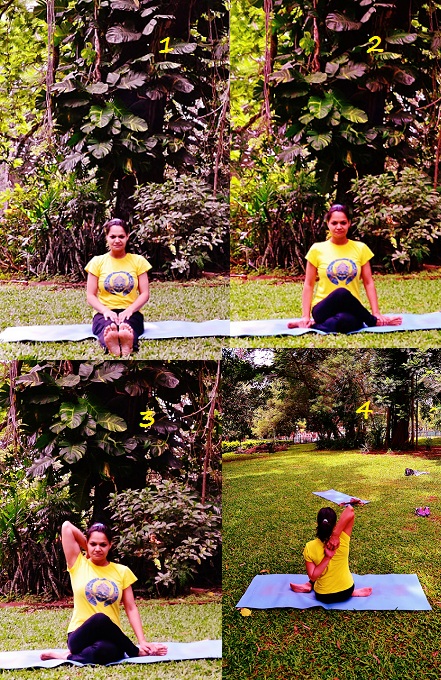Today I concluded the first month of teaching here in Bangalore. When I started the class, there were about 8 enthusiastic people along with 2-3 others who dropped in out of curiosity. Some wanted to see what ‘yoga’ was all about, and some to see if the class was worth the money being charged. After a month of waking up early and trudging to the class braving the cold winds, I have 5 students who come regularly.
I’ve been to numerous yoga classes over the years as a student. And I repeatedly see this trend. Classes start out full and then students begin to drop out. I used to think that it’s the teacher’s responsibility to keep students coming back, to keep the tempo of the class going and to design routines that students will enjoy. After all, a teacher is supposed to provide a class that appeals to students. And if students don’t like the class, well then, the teacher should introspect and do something about it.
However, over the past couple of days I’ve started to think that its as much a student’s responsibility to be wake up and show up, as it is the teacher’s. Sadly, when the temptations and excuses to stay in bed are numerous, and the reasons to show up to class so few, there are not many who possess the self discipline to get to class.
I’ve observed three kinds of students:
1. The lazy bones. Those who will not sustain a regular yoga routine, or, for that matter, ANY kind of routine. Making space for a class in a busy schedule is not easy. You either have to wake up when everyone around you is snuggled comfortably in their warm beds, or trudge to class after a tiring day at work and all you want to do is sleep for the next 2 days. It takes great effort to leave the warmth of your bed, change, pick up the mat and head to class. Even more so when it’s cold and windy outside. I’ve seen that those who don’t come, won’t come despite relatively easy schedules. I feel that a sense of commitment kicks in for these people only when something goes wrong, ie. doc tells them to lose weight. And then they go into weight-loss overdrive and might end up hurting themselves more in the process.
2. Those students who are a bit more aware and enlightened. They do sometimes run out of steam and need encouragement from the teacher, but on the whole they are committed and contribute effectively to the vibe of the class. These students are a great addition to the class because once in class they are attentive and 100% involved.
3. The self-motivated student. These people are committed, aware, and involved. They ask questions, listen very carefully to what the teacher has to say, and at times they have something of their own to contribute. They proactively read up on health and wellness and have a high degree of committment to themselves, their bodies and their mind. They are a delight in class. These students are a motivation to other students as well.
And as I told my students this morning, I’d rather teach a smaller but committed group than a large group of semi-focused people.
Can you classify the people you know in the above categories?







